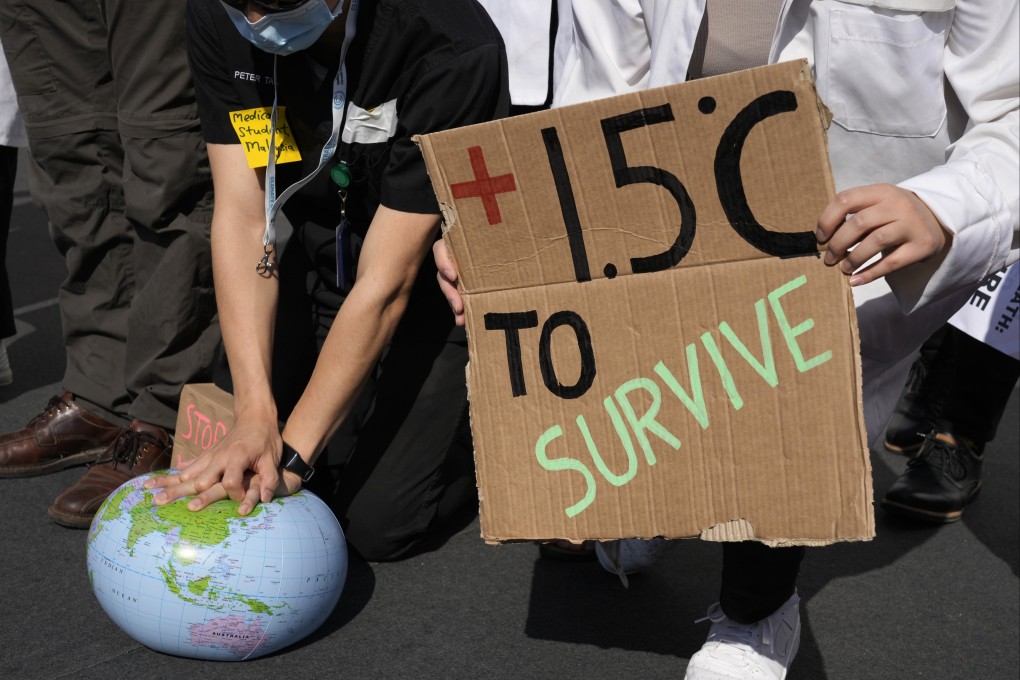Opinion | 1.5 degrees? We need to prepare for a temperature overshoot and worse climate change
- With global warming of 2.7 degrees Celsius by 2100 looming, adaptation finance for poor nations is more urgent than ever
- Planet-cooling research into carbon dioxide removal and solar geoengineering must also be accelerated

According to the latest mathematical models and reports from the United Nations and other expert organisations, however, the world is heading for an temperature increase that will overshoot 1.5 degrees, at least temporarily.
We need to explore more approaches to minimise the impact of temperature overshoot and reduce its duration. While cutting emissions remains the highest priority, how else can societies adapt to climate impact? Could and should we consider cooling the earth? How do we capture the carbon dioxide released since the industrial revolution?
The first additional approach we need to explore is adaptation to a changed climate. It was high on the COP27 agenda, as negotiators debated gaps in the adaptation funding pivotal to climate-vulnerable low and middle-income countries.

